Weekly Tech Recap - № 219 - Mac Pro, AMD-Samsung, Google Stadia, Prime Air and Flying-V
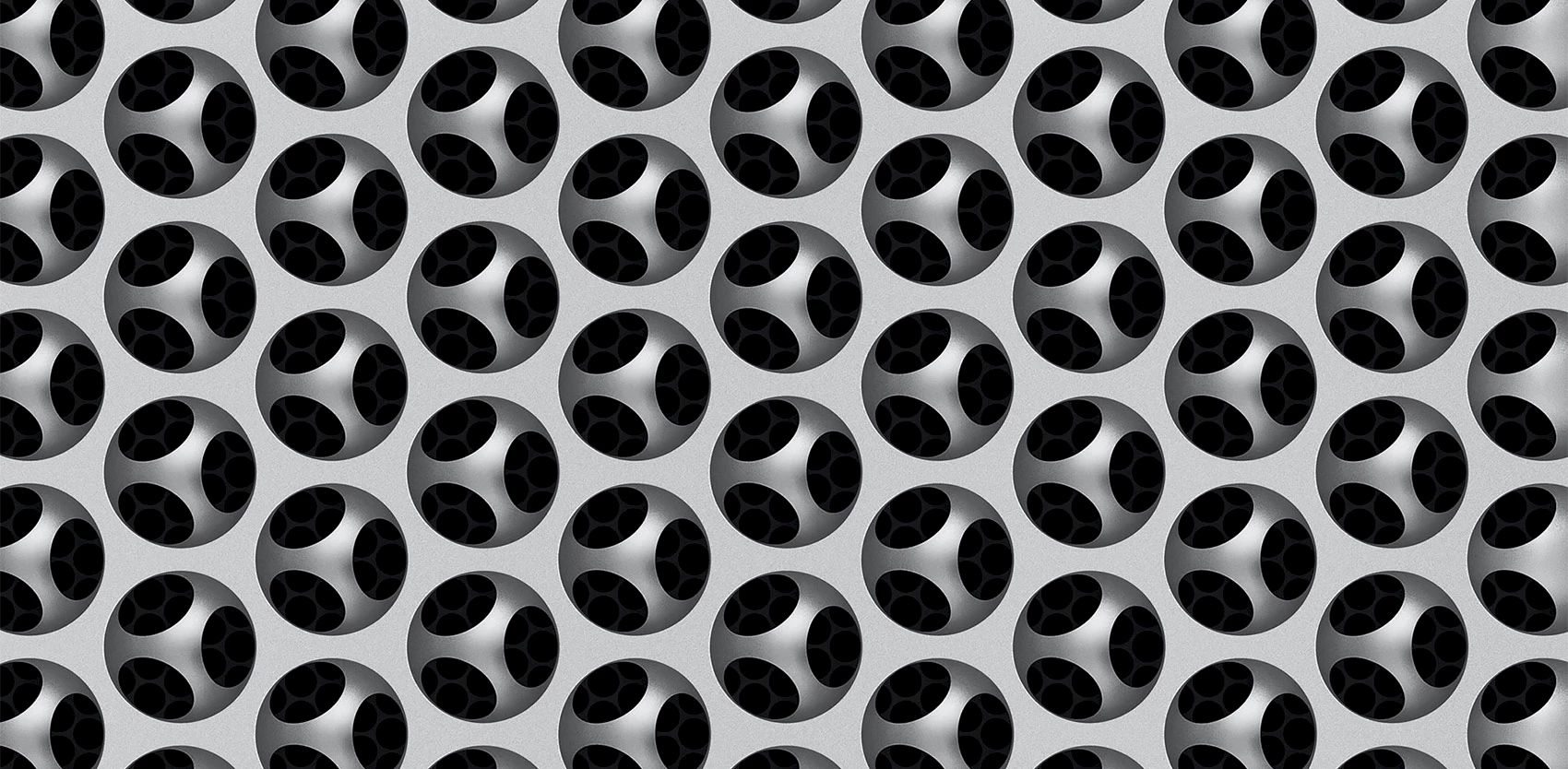
New Mac Pro
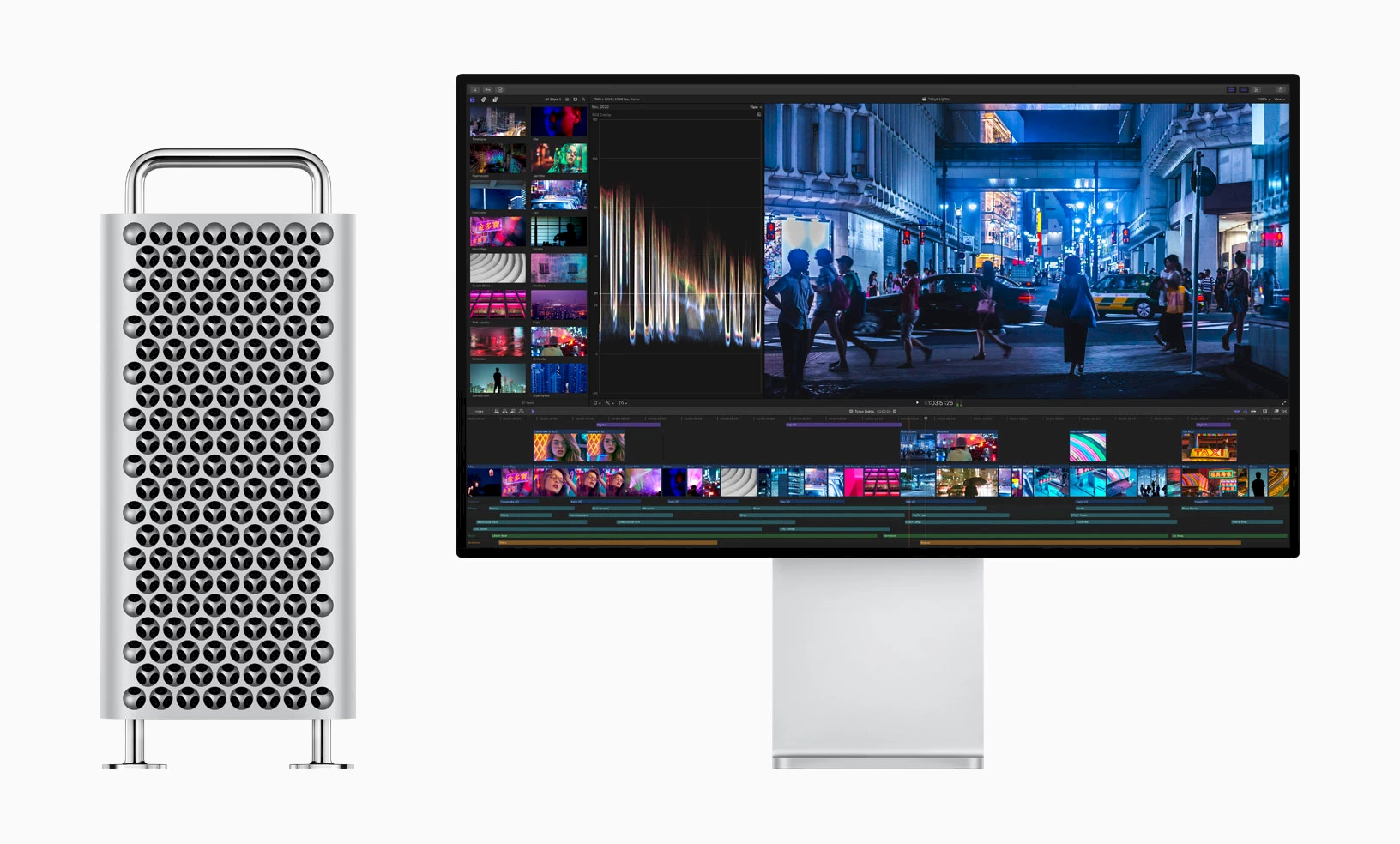
Mac Pro. © Apple.
The highlight of the Apple Worldwide Developers Conference (WWDC) in San Jose, California, was probably the unveiling of the long-awaited new Mac Pro. The previous Mac Pro (the aluminium cylinder, or “trash can”) dated back from 2013 and hadn’t evolved since, to the despair of video and 3D graphics professionals. The design of the new Mac Pro (called the “cheese grater”) harkens back to the first generation: a good old aluminium rectangle with a front and a back and plenty of ventilation holes. It also brings back what the second generation sorely lacked: extension ports. The new design has no less than 8 PCIe slots.
As for power, professional users will be pleased: the third generation Mac Pro comes with an 8 to 28 core Xeon W processor and 32GB to 1.5TB of RAM, which is unheard-of. For the graphics, you can go from AMD’s Radeon Pro 580X up to the Radeon Pro Vega II Duo, with two Vega II GPUs, for a total of 28 teraflops of power. Depending on the card used, the machine can support 6 to 12 4K displays, or 2 to 6 6K displays. You can also get the optional high-resolution video accelerating card, called the Apple Afterburner, able to decode 6 billion pixels per second and display 3 streams of 8K ProRes RAW video at 30fps in real-time. As the machine weighs 18 kilos (without the extra cards), Apple allows you to swap out the feet for wheels, for an undisclosed price (though we’re pretty sure that a set of four Apple-designed wheels will cost at least a hundred bucks).
Speaking of money, the new Mac Pro isn’t cheap, with the base version starting at USD6,000, while the more powerful configurations can set you back USD50,000, with just the RAM running at USD17,500 (12 x 128GB DDR4 ECC). Availability is set for the fall.
Apple also unveiled a 32-inch, 6K Retina display, called Pro Display XDF, with a resolution of 6,016x3,384, just over 20 million pixels. This superlative monitor seeks to rival professional-grade screens that retail for over USD40,000, for “just” USD5,000. Add to that the USD1,000 stand to pivot the screen or USD200 for a VESA Mount, and you’re all set.
⇨ PetaPixel, “Apple’s new 6K 32-Inch display costs $5,000… without the $1,000 stand.”
⇨ The Verge, “First look: the new Mac Pro is the shiny, expensive powerhouse that pros wanted.”
⇨ Ars Technica, “It’s really real: Apple unveils the all-new Mac Pro.”
Samsung-AMD Partnership
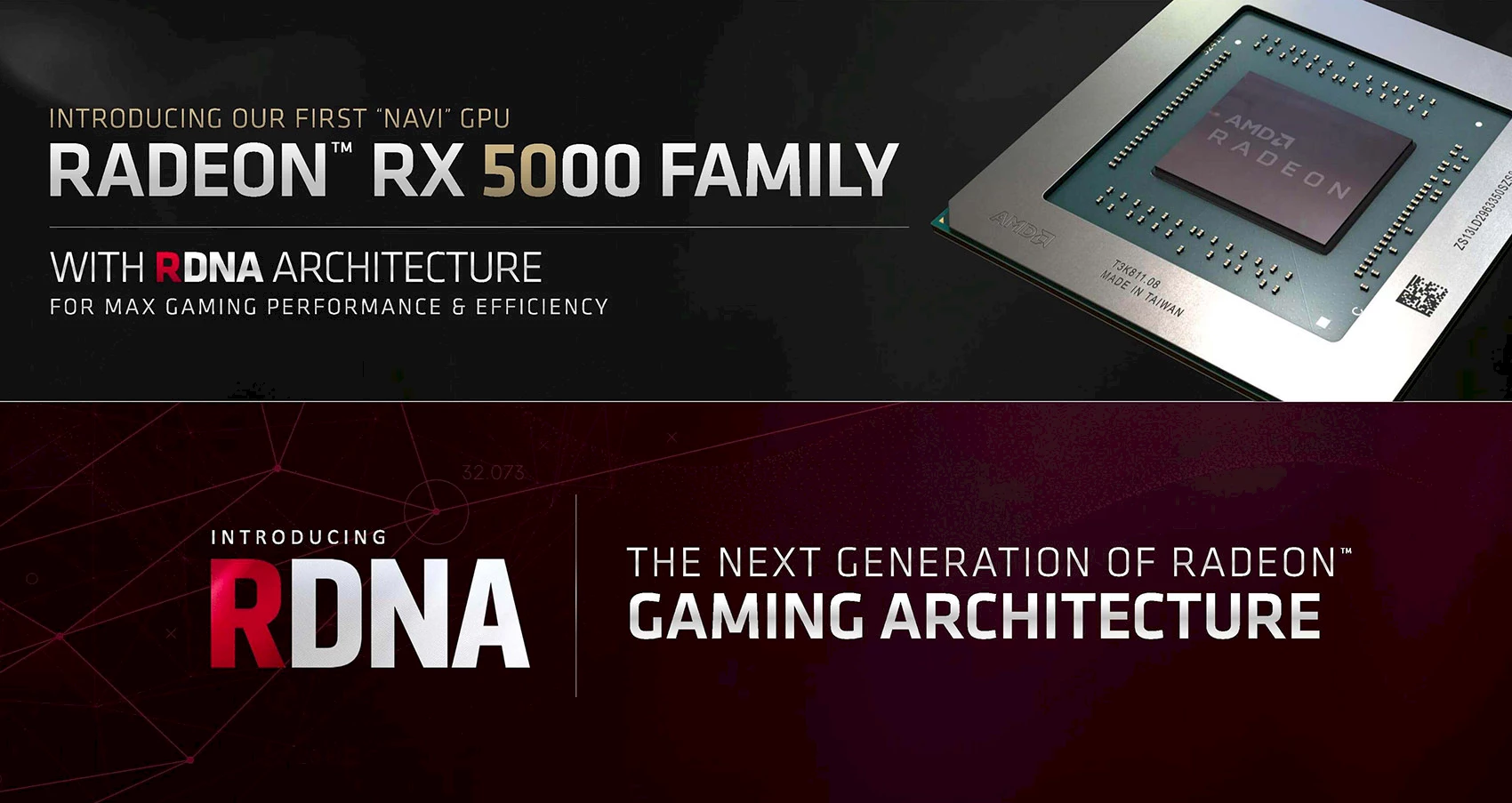
Radeon RDNA. © AMD.
Chances are, you already know of AMD (Advanced Micro Devices) for its Radeon cards. What you perhaps didn’t know is that its graphics technology is also found in the PS4 and Xbox One consoles, and that it will run Stadia, Google’s future cloud gaming service. And, as of tomorrow, AMD’s technology will also power select Samsung smartphones. In order to amp up its graphics chipsets for mobile phones, Samsung will license out AMD’s new RDNA graphics architecture and integrate it into its ARM Exynos, replacing the current ARM Mali. The RDNA architecture will also be available for PCs with the Radeon RX 5700 series cards, to be unveiled on Monday.
⇨ TechRadar, “Samsung and AMD team up to bring Radeon graphics to smartphones.”
Google Stadia available in November
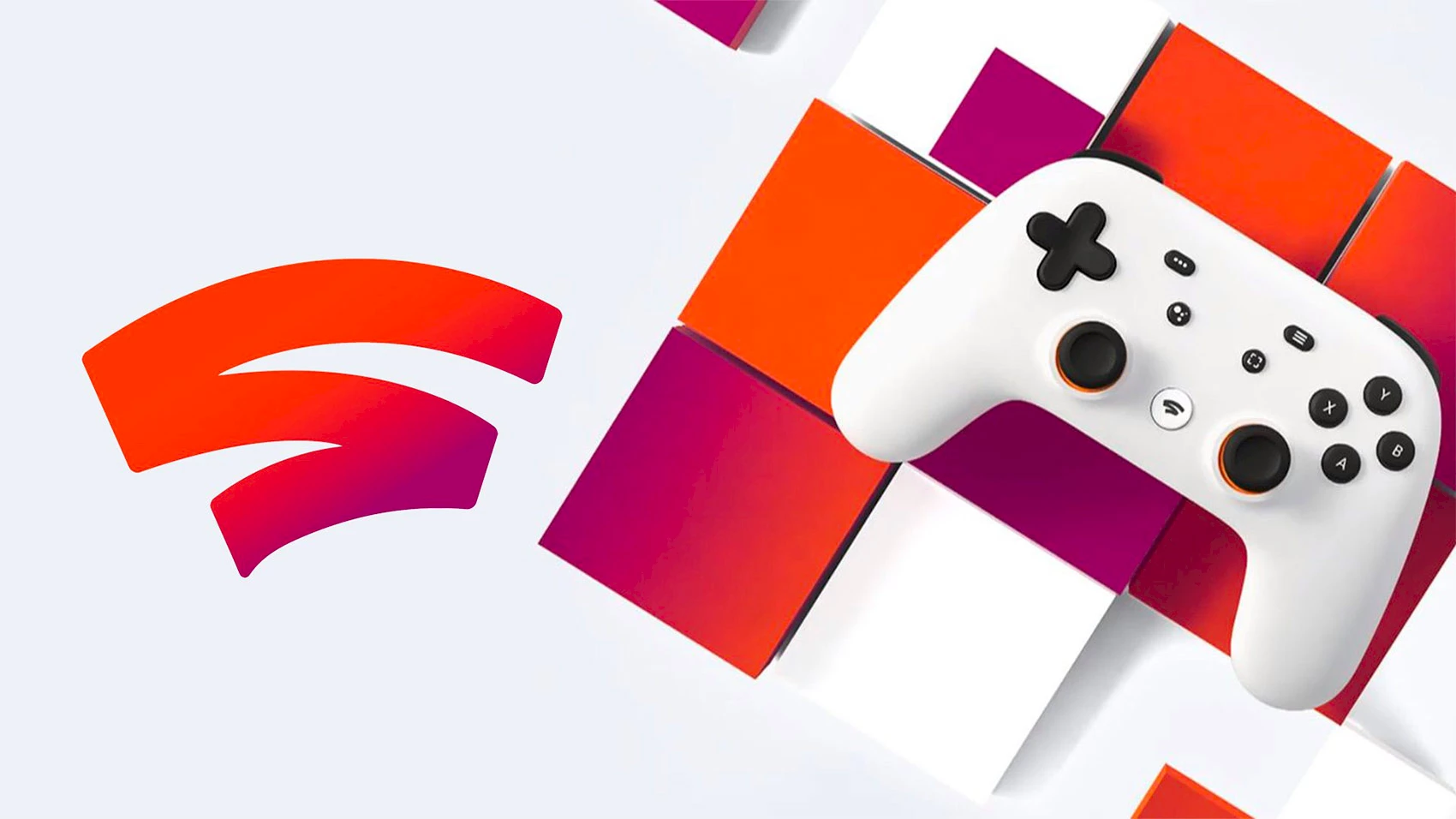
Stadia. © Google.
Stadia, Google’s new cloud-based gaming service, will be available as of November, just in time for the Holidays. To be among the first users of the service, you’ll need to pay USD130 up-front to purchase the Founder’s Edition gamepack (already available for pre-order on the Google Store), which includes the Stadia controller, a Chromecast Ultra and three months of Stadia Pro service. These packs are only available “in limited quantities and for a limited time”. After the first three months, Stadia Pro users will have to pay USD10 per month to maintain their membership. For that price, they will get access to Google’s highest-quality streams, at up to 4K/60fps with high-dynamic range (HDR) and 5.1 surround sound. A free tier, called Stadia Base, topping out at HD 1080p/60fps, will be available sometime in 2020. Google recommends a minimum bandwidth connection quality of 10Mbps. At that base level, users can expect streams of “at least” 720p/60fps. If you must have 4K, you’ll have to have at least a 30-35Mbps connection.
⇨ TechCrunch, “Here’s how Google Stadia performs depending on your internet connection.”
⇨ ArsTechnica, “Google Stadia requires $130 upfront, $10 per month at November launch.”
New Amazon drone
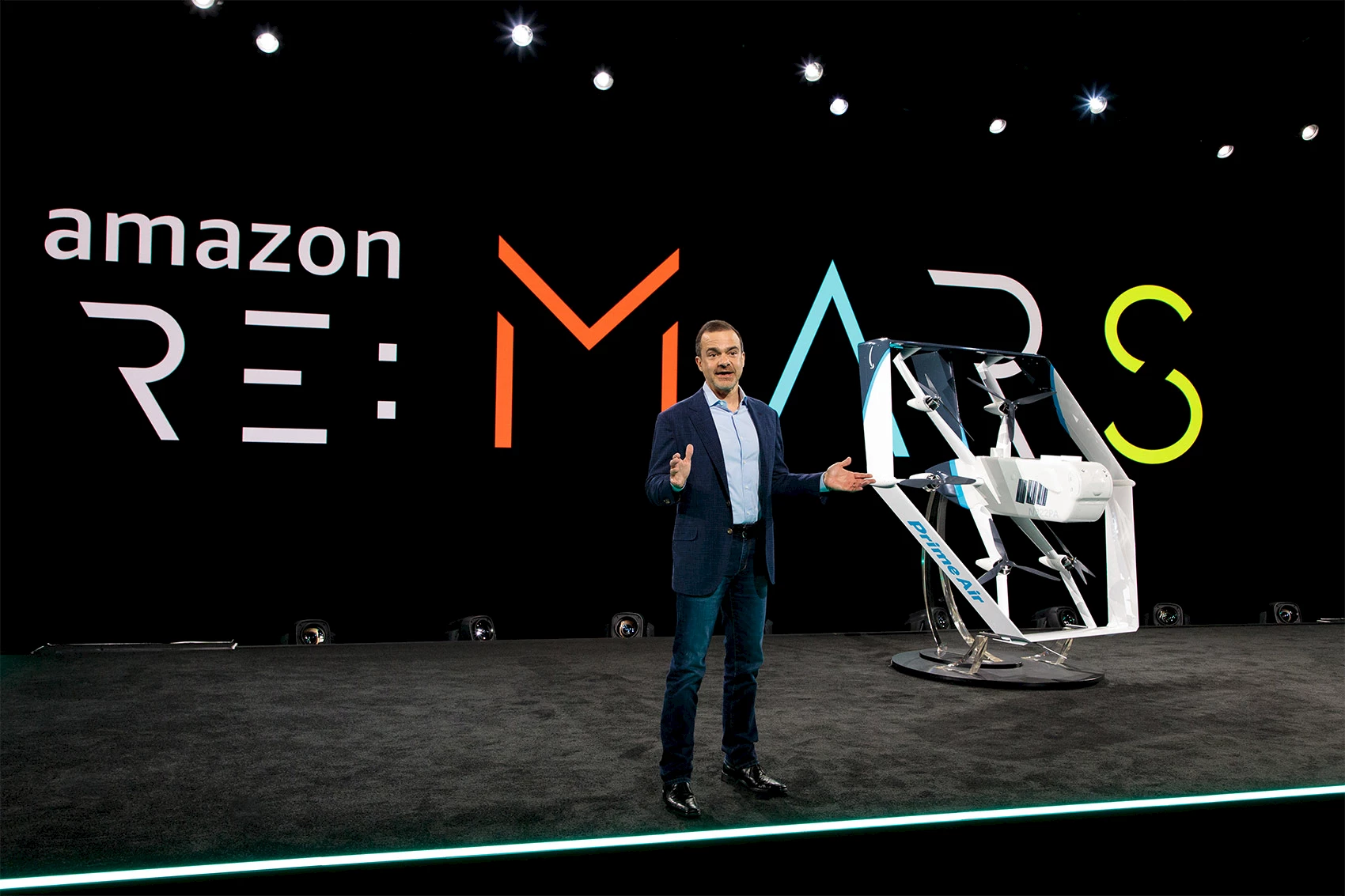
Jeff Wilke à re:MARS 2019. © Jordan Stead / Amazon.
At Amazon’s re:MARS Conference in Las Vegas, the retail and cloud giant unveiled a new drone design, the Prime Air, able to fly up to 25 km and deliver packages weighing up to 2.25 kg in under 30 minutes. The new drone is capable of identifying static and moving objects. To detect static objects like chimneys, it uses various sensors and advanced algorithms, such as multi-view stereo vision. For moving objects, like paragliders or helicopters, it uses proprietary computer-vision and machine learning algorithms. The drone is also able to find potential landing areas clear of obstacles thanks to its AI, which can detect people and animals from above. Jeff Wilke, of Amazon, said that the drone’s greatest challenge is to detect wires, such as the clotheslines, telephone wires and electrical wires that adorn many North-American backyards.
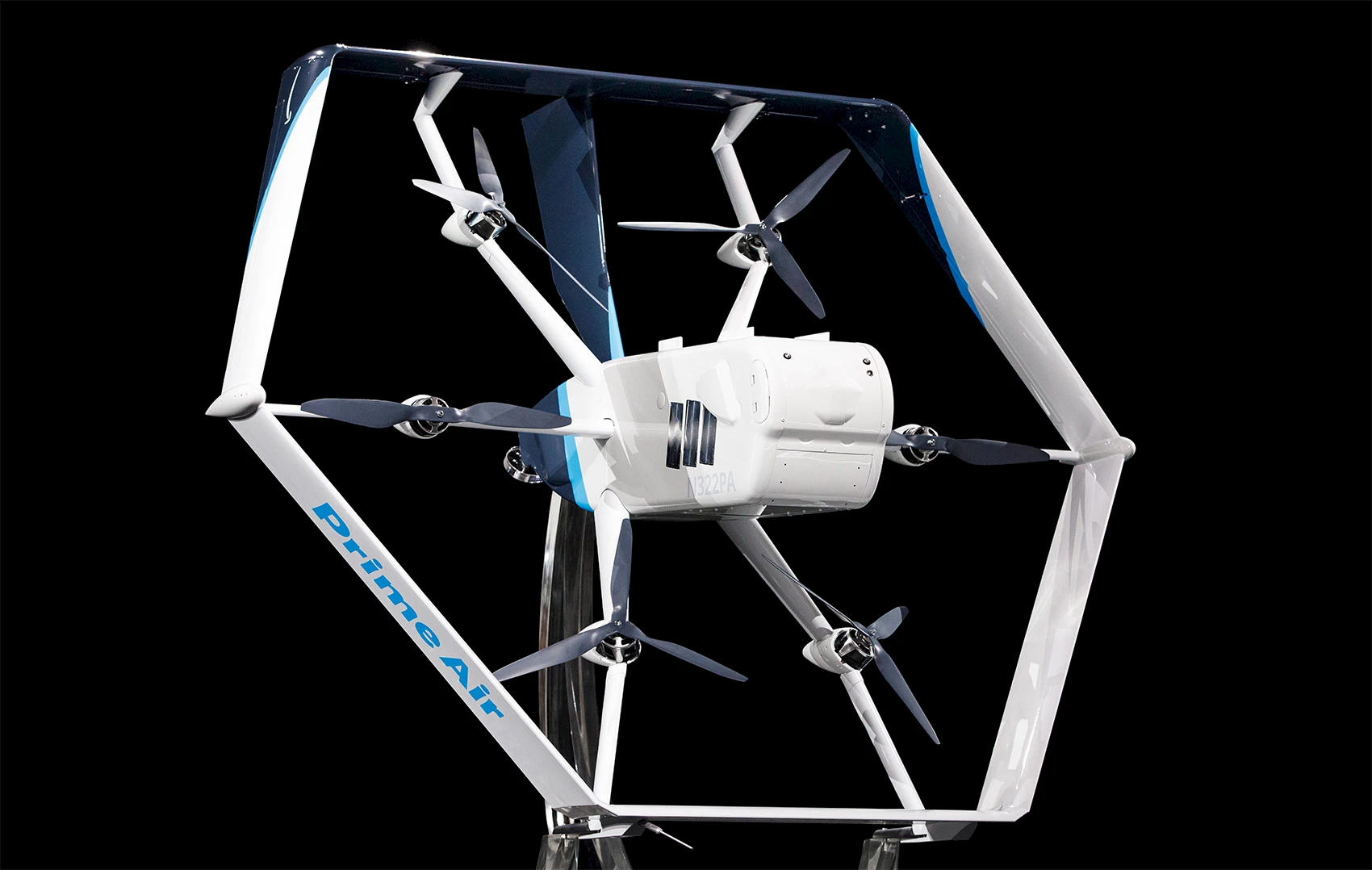
Amazon drone. © Jordan Stead / Amazon.
⇨ Amazon blog, “A drone program taking flight.”
⇨ IEEE Spectrum, “Amazon’s new Prime Air drone features a weird tailsitter design.”
New commercial airplane design
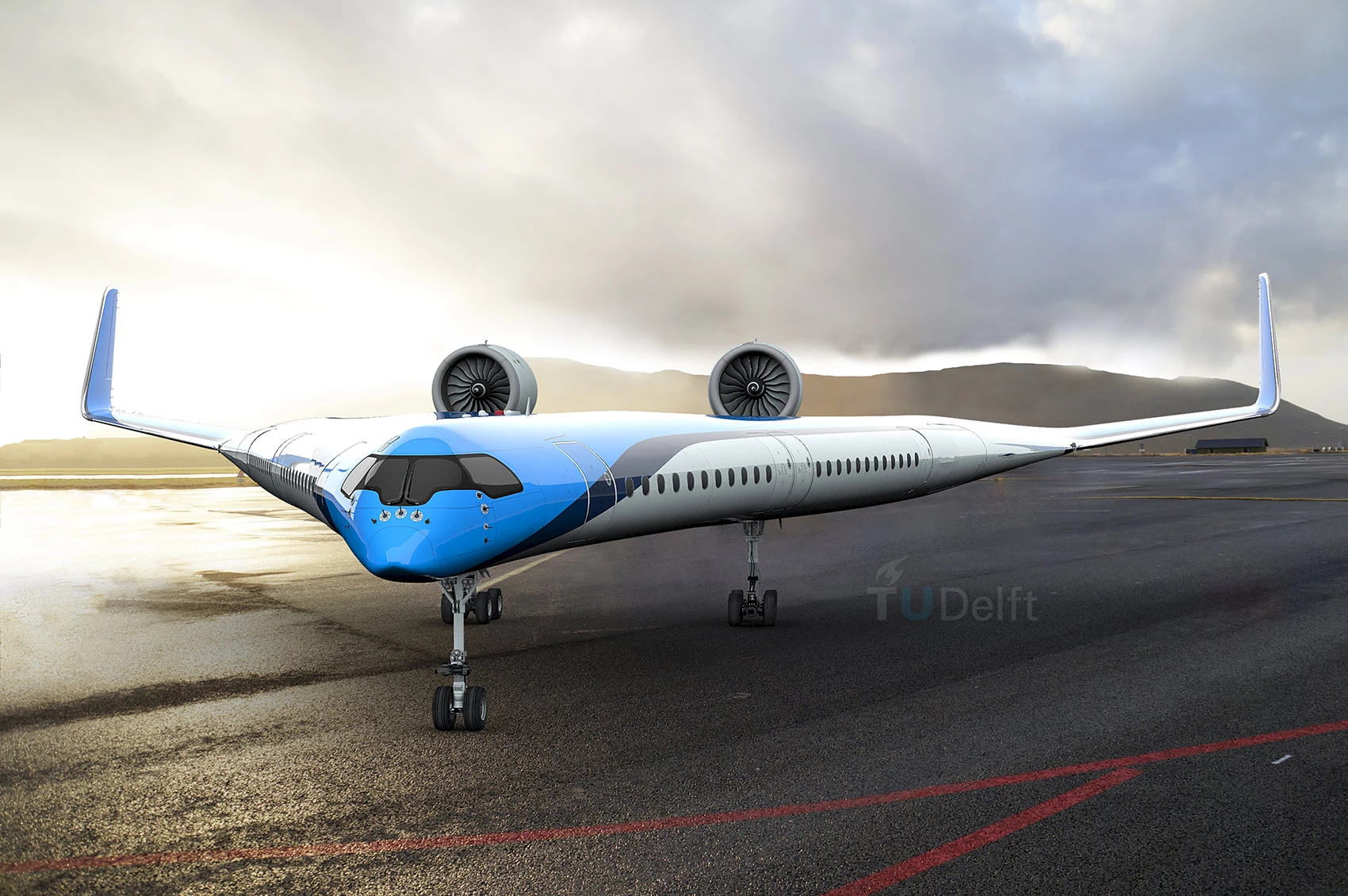
Flying-V. © Delft University of Technology.
TU Delft University, in the Netherlands, has unveiled a spectacular V-shaped long-distance commercial airplane. The aircraft’s design integrates the passenger cabin, the cargo hold and the fuel tanks in the wing structure. Its improved aerodynamic shape and reduced weight will mean it uses 20% less fuel than the Airbus A350, today’s most advanced aircraft. The Flying-V carries about the same number of passengers as the A350 – 314 in the standard configuration – and the same amount of cargo, 160 m3. Next October, researchers will present a flying prototype at Amsterdam’s Schiphol airport to test whether the Flying-V can remain stable and reliable while being flown at low speeds – during take-off and landing.
⇨ TU Delft, “Flying-V.”
⇨ Ars Technica, ““Flying-V” airplane design promises fuel savings, but there’s a catch.”
